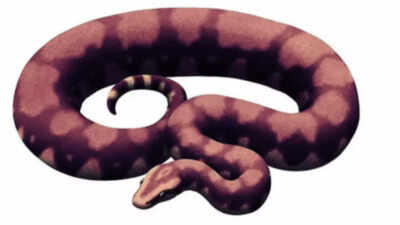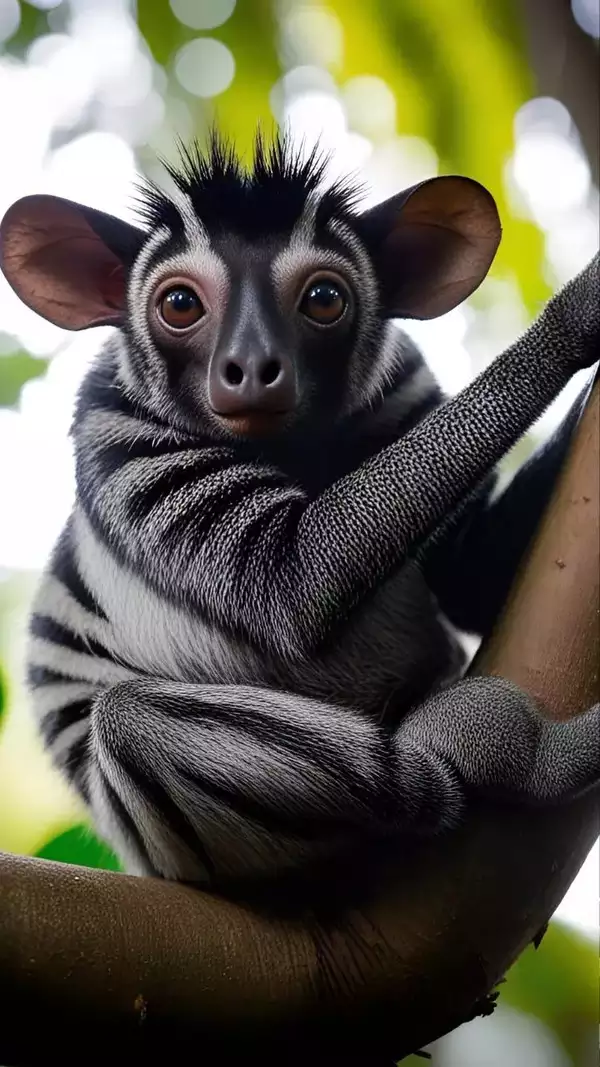Trending
Is this snake actually longer than a school bus? Get to know Vasuki indicus, the longest snake to have ever lived
Vasuki indicus, a prehistoric snake fossil discovered in Gujarat, India, measures an astounding 49 feet in length, surpassing even the Titanoboa. This 47-million-year-old giant from the Eocene period offers valuable insights into ancient biodiversity and snake evolution, contributing significantly to India's fossil record and enriching our understanding of Earth's past.
Can a snake truly be longer than a school bus? Vasuki indicus is a ginormous prehistoric snake that broke every assumption about ancient reptiles. Located in Gujarat, India, this 15-meter (49-foot) giant is the longest snake species in the history books to date, even superseding the current record holder of today's largest snakes. This huge snake lived around 47 million years ago, during the time of the Eocene period, and its size continues to intrigue scientists. Vasuki indicus is rewriting our past of ancient life and the species that once ruled our world. It provides fresh debate over the quantity and diversity of life in bygone times.
Vasuki indicus: The 49 feet giant who lived on Earth 47 million years ago
In 2024, India announced Vasuki indicus, an ancient fossil snake that redrew the past of giants. Discovered in Gujarat in 2004, scientists spent 20 years proving it to be a new genus. Renamed for the Hindu mythological serpent Vasuki, this giant predator was 15 meters (49 feet) long—an entire school bus. It lived around 47 million years ago during the Eocene period, and it wandered a thick, tropical landscape. The discovery is just another validation of India's bountiful fossil record and a glimpse at the time when monsters such as this crawled the earth. Vasuki indicus is not just a scientific marvel; it's an evolutionary story, a story of survival, and the secrets yet to be uncovered beneath our feet. Vasuki indicus: The 49-foot giant that sheds new light on ancient biodiversity
The remarkable discovery of Vasuki indicus
Its fossilized remains provide us with interesting information about the Indian subcontinent's biodiversity during the Eocene epoch. Scientists believe that it was a slow-moving ambush predator, and its discovery is also helping us know how snakes evolved and spread across ancient continents. This is not just adding to India's high level of contribution to palaeontology but also filling in another piece of the jigsaw puzzle of Earth's past history.
End of Article
FOLLOW US ON SOCIAL MEDIA
Visual Stories
Tired of too many ads?










